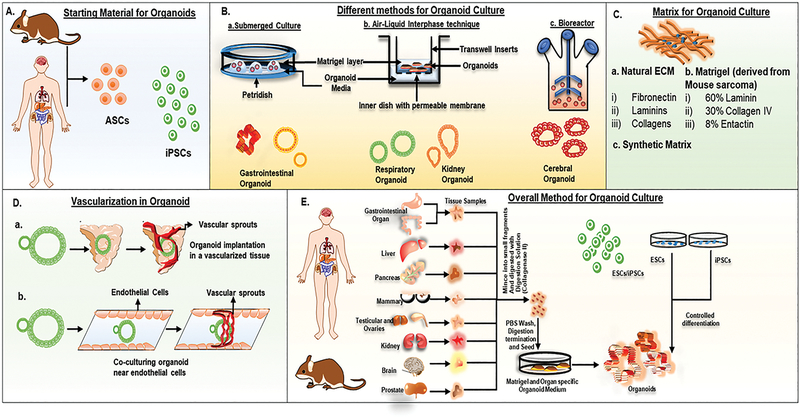Figure 1: Overview of culture techniques and bioengineering advancements for an organoid generation:
A. Organoids can be generated from adult stem cells (ASCs) isolated from human/animal tissue samples or induced pluripotent stem cells (iPSCs). B. The culture method is important for the proper development of organoid. The essential methods are (a) submerged culture, (b) air-liquid interface, and (c) bioreactor technique. The submerged culture method is widely used for the generation of organoids of gastrointestinal origin. In the ALI method, organoids are grown on an inner dish, and the media is placed under the inner dish. This technique is widely used for the development of respiratory and kidney organoids. Further, this technique is also explored for the interaction study of organoids with the tumor-microenvironment. The disadvantage of submerged culture and the ALI method involves the limitation of nutrient availability once the organoid reaches a specific size. This limitation is overcome by bioreactors (3D suspension culture) that enhance the organoid’s availability of nutrients. This technique is mostly explored for cerebral organoids. C. Matrix is another important material that propelled the self-organization of cells towards a specific structure and led to organoid growth. Promising matrices that are well explored for organoid generation are: (a) natural extracellular matrix (ECM), (b) Matrigel; derived from mouse sarcoma, and (c) synthetic matrices. Bioengineering advancements have designed various synthetic matrices, which provide spatiotemporally controllable 3D matrices that can be exploited to give the desired architecture to the organoids. D. Vascularization of organoids can provide a near-physiological way to provide nutrients to the organoid cells. To common techniques explored for the vascular network in organoids are (a) implantation of organoids in a vascularized tissue and (b) co-culturing the organoids in between two layers of endothelial cells, which further lead to the generation of vascular sprouts in the organoids. E. Explains the overall approach for the generation of organoids from tissue sections or iPSCs/ESCs. In iPSCs/ESCs, the cells are first to undergo controlled differentiation to specific organ cell types and then followed by mixing with matrigel to form organ-specific organoids.

